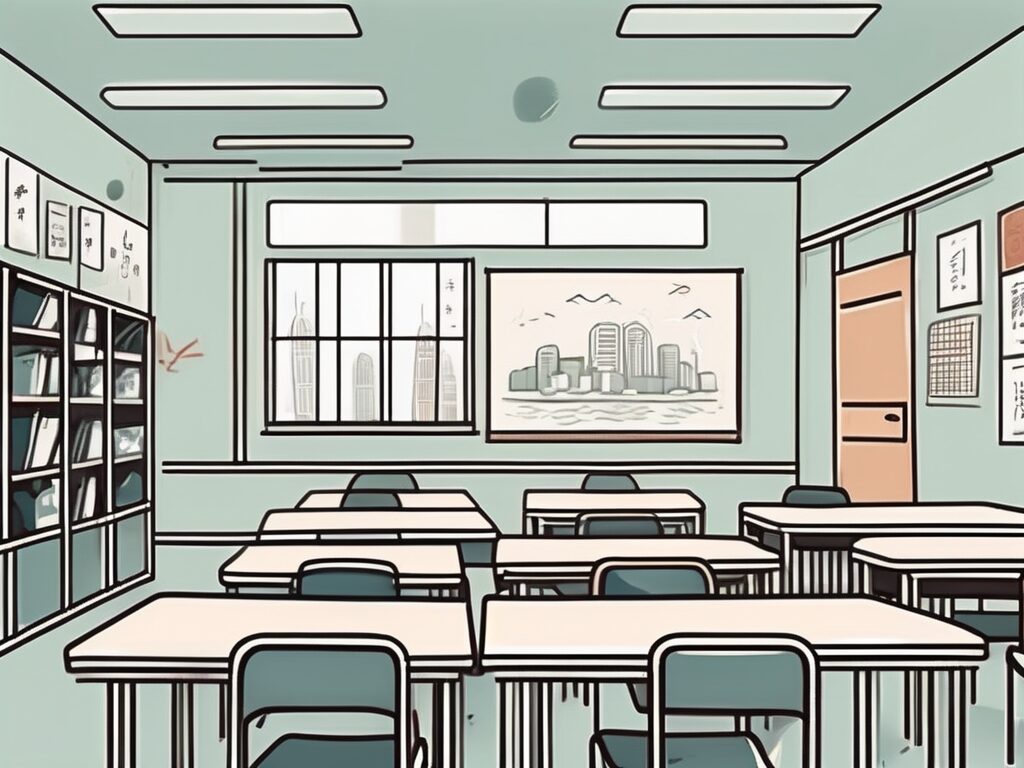html
How to Become an International Art Teacher in Spain: A Step-by-Step Guide
Are you an aspiring art teacher dreaming of sharing your passion for creativity in the vibrant cultural landscape of Spain? The journey to becoming an international art teacher in Spain is not only rewarding but also filled with unique experiences that can shape your career and personal growth. In this comprehensive guide, we will walk you through the essential steps to turn your dream into reality, from understanding the qualifications needed to navigating the job market. Let’s dive in!
Understanding the Role of an International Art Teacher
Before embarking on your journey, it’s crucial to understand what it means to be an international art teacher. This role involves not only teaching art techniques and history but also fostering creativity and critical thinking in students from diverse backgrounds. As an art teacher in Spain, you will have the opportunity to inspire young minds while immersing yourself in a rich artistic heritage.
Step 1: Obtain the Necessary Qualifications
The first step to becoming an international art teacher in Spain is to ensure you have the appropriate qualifications. Most international schools require a bachelor’s degree in Fine Arts, Art Education, or a related field. Additionally, a teaching qualification, such as a Postgraduate Certificate in Education (PGCE) or an International Postgraduate Certificate in Education (iPGCE), is often essential.
Consider pursuing a degree that includes coursework in pedagogy, art history, and studio art. This will not only enhance your teaching skills but also make you a more attractive candidate to potential employers.
Step 2: Gain Teaching Experience
Experience is key in the competitive field of international education. Many schools prefer candidates with prior teaching experience, especially in art education. Consider volunteering or working in local schools, community centres, or art programs to build your resume. This hands-on experience will not only improve your teaching skills but also provide you with valuable insights into classroom management and student engagement.
Step 3: Research the Job Market in Spain
Understanding the job market is crucial for your success as an international art teacher in Spain. Research various international schools, their curricula, and the qualifications they require. Websites like International Schools Database can provide valuable information about schools in Spain, including their locations, student demographics, and job openings.
Additionally, consider joining online forums and social media groups dedicated to international teaching. These platforms can offer insights into job opportunities and connect you with other educators who have made the move to Spain.
Step 4: Prepare Your Application Materials
Your application materials are your first impression on potential employers. Ensure your CV is tailored to highlight your teaching experience, qualifications, and any relevant skills. Include a strong cover letter that expresses your passion for art education and your desire to work in Spain. Be sure to mention any experience you have with international curricula, as this can set you apart from other candidates.
Consider creating a portfolio showcasing your artwork and any student projects you have supervised. This can provide tangible evidence of your teaching abilities and artistic skills.
Step 5: Navigate the Visa Process
Once you secure a job offer, the next step is to navigate the visa process. As a non-EU citizen, you will need a work visa to teach in Spain. Your employer will typically assist you with this process, but it’s essential to familiarize yourself with the requirements. The Spanish Embassy in the UK provides detailed information on visa applications and requirements.
Step 6: Embrace Cultural Adaptation
Moving to a new country involves cultural adaptation. Spain has a rich artistic heritage, and as an art teacher, you will have the opportunity to explore this through local museums, galleries, and cultural events. Embrace the Spanish language and culture, as this will not only enhance your personal experience but also help you connect with your students and their families.
Consider taking language classes to improve your Spanish skills, which can be beneficial both personally and professionally. Being able to communicate effectively with students and parents will enhance your teaching experience and help you build strong relationships within the school community.
Step 7: Network with Other Educators
Networking is a powerful tool in the international teaching community. Attend workshops, conferences, and local events to meet other educators and share experiences. Joining professional organizations, such as the International Teacher Education Association, can provide valuable resources and connections that may lead to job opportunities.
Step 8: Continuous Professional Development
Education is an ever-evolving field, and as an art teacher, it’s essential to stay updated on the latest teaching methods and trends. Engage in continuous professional development by attending workshops, enrolling in online courses, or pursuing further qualifications. This commitment to growth will not only benefit your students but also enhance your career prospects.
Conclusion
Becoming an international art teacher in Spain is a fulfilling journey that requires dedication, preparation, and a passion for education. By following these steps, you can position yourself for success in this vibrant and dynamic field. Remember, the key to thriving as an international educator lies in your ability to adapt, connect, and inspire.
Empower Your Teaching Career with IPGCE
As we strive for a more inclusive education system in Malaysia, the role of qualified and well-trained educators becomes increasingly crucial. IPGCE is dedicated to supporting teachers in their professional journey, offering the International Postgraduate Certificate in Education (iPGCE) to enhance qualifications and open doors to international teaching opportunities. With our program, you can expect a significant increase in interview callbacks, promotion rates, and salary. Plus, you’ll join a global network of educators, gain a deeper understanding of international curricula, and enjoy the flexibility of online study. Don’t let inadequate credentials or isolation hold you back. Join the UK’s #1 Teacher Training Course today and take a decisive step towards a fulfilling career in inclusive education.
For more information on teaching qualifications, check out our articles on Becoming an Art Teacher and International Teaching Jobs.

